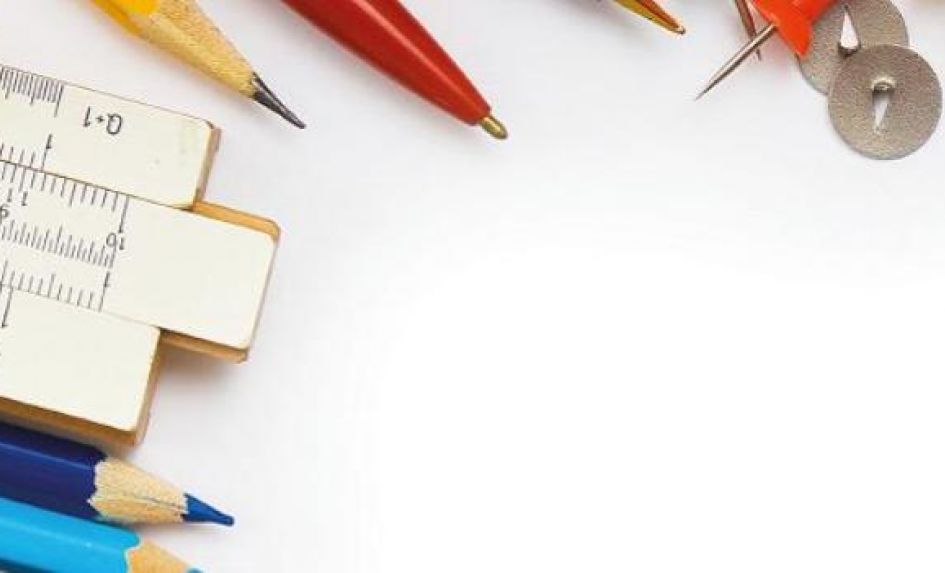Emma Gray
Secondary SBM and MAT finance director
Our conversion to a MAT in 2016 initially involved the coming together of two successful schools, a primary and a secondary, situated 15 miles apart. We knew we wanted to run a centralised finance system from the start, but it had to work effectively for both schools and required a rethink of our procurement processes. There have got to be benefits and efficiencies to forming a MAT for everyone, and we’re still working through the processes that make it more time and cost effective.
As a secondary school, our budgets are delegated around heads of departments who have authority to spend it on resources of their choosing. Pre-MAT, the only thing we really ever did centrally was a massive exercise book order! We didn’t want the schools themselves to just become ‘budget holders’, especially as goods were being delivered to remote sites. We chose Sage 200 with TSG’s Elementary portal so that both schools can input orders, authorise, and mark goods as received. All the central team need to do is pay the invoices, knowing that all the proper authorisations are in place.
As we grow as a MAT, the systems we’ve embedded mean that we’ll begin to realise efficiencies much sooner than if we were still all doing our own thing. We can now purchase equipment and resources together, and are looking at also tendering external contracts together; we’re supporting each other and each school’s precious and limited budgets to get the best out of them.
We’ve still got work to do. We’d like to centralise our IT and Estates, so that joint procurement can take place in those areas. We can really see the benefits of the support that’s now growing for schools’ procurement, and we want to be part of that process. We set up a MAT because we wanted to work together and with other schools, managing change to operations, as well as teaching and learning, with the aim of improving outcomes for all our pupils.
Andy Heron
SBM, The Maelor School
When intending to purchase any item in school nowadays, a rigorous process of ensuring best value and value for money is of paramount importance. Whether you’re using a buying club, a procurement specialist, a government scheme, purchasing something yourself or a combination of all these, achieving savings and best value is crucial.
I produce regular editions of my own mini procurement aide memoire, ‘Guidance for Budget Holders’, which I send to department heads each March in preparation for the new financial year. It informs users that: “We are guardians of public money given for the education of young people, and as such we have a moral and statutory duty of careful stewardship. Business Managers in schools are subject to a high degree of accountability, audit and inspection, and as such have to ensure the finances throughout the organisation are managed with integrity, consistency and accuracy.”
It’s now essential to scour as many avenues as possible, compare products on price and quality and ensure that the very best value for money is obtained. No longer is anything sacred. The ruthlessness of conducting three-way discussions with suppliers to minimise the cost of an item by ‘playing them off’ against each other is now seen in my school as the norm, and not just by the school finance staff.
Everything – and do I mean everything – should be open to price negotiation. It’s all too easy to concentrate on bigger items, when products that are much smaller but bought regularly can also reap savings. Existing contracts are a favourite – they can often be forgotten about, and there can be a lack of awareness as to the savings that can be made by reviewing them, particularly if the school has been signed up to them for some time.
When recently procuring a new visitor management system for the school, for example, the product we were looking at was licenced to a number of other suppliers able to see the same product. A like-for-like quotation process was conducted, and by negotiating costs down based on those quotes, a saving of over 21% was made when comparing the most expensive quote with the final agreed price.
Not all processes will achieve that level of saving, but having this kind of ethos and culture in place will mean that in the vast majority of cases, you can be confident that the organisation as a whole is striving to achieve the best for its students through careful and sensible procurement.
Angela Ogden
St Damian’s RC Science College – Ashton Under Lyne, Lancashire
Following the introduction of the school financial value standards (see tinyurl.com/ dfe-sfvs), there are now many guidelines for schools to follow with regards to procurement and finances. Back in 1994, when I first started working in the education sector, those guidelines were very sparse. I mainly drew on my accounting background, looking at how things were bought in and balancing value with quality so that the teachers could be provided with sufficient resources for the school to run smoothly.
As more regulations have come into place over time, we’ve had to make better use of the financial resources we have and be accountable for the decisions we make. I’ve found myself adapting my role according to the procedures I’ve needed to follow.
Budget constraints aside, the challenge I encounter most often is time. Years ago, you’d be looking for the best products and searching for them via one or more catalogues, based on what teachers would tell you they needed. Now, you might receive an email from a teacher explaining what they need. If they’ve not already chosen it themselves, you’ll have to research that item online, browse through a wide array of different products and try to compare options so that you get the best one.
Another challenge we have is making sure that the sites we order items from are secure. We have our own internal security, but many online companies increasingly won’t allow you to make purchases without using a business card. In the past, our audit teams would always want to see us use an invoice procedure. In that respect, the rules are slightly more relaxed, particularly with items purchased from specific websites using a business card. Given developments in IT security and things like online banking, it’s down to us to make sure what we’re doing is secure and safe.
Smart ordering
Informed by, and created for SBMs, Smart Ordering from GLS is collection of great online features and tools that can save SBMs time and money when ordering their school supplies.
Smart Connect forms part of this and is used by over 1,400 schools – a free solution that makes the process of buying school supplies faster, smoother and more affordable by linking the GLS Educational Supplies website directly to your school’s financial management system. For more details, visit glsed.co.uk/smart










